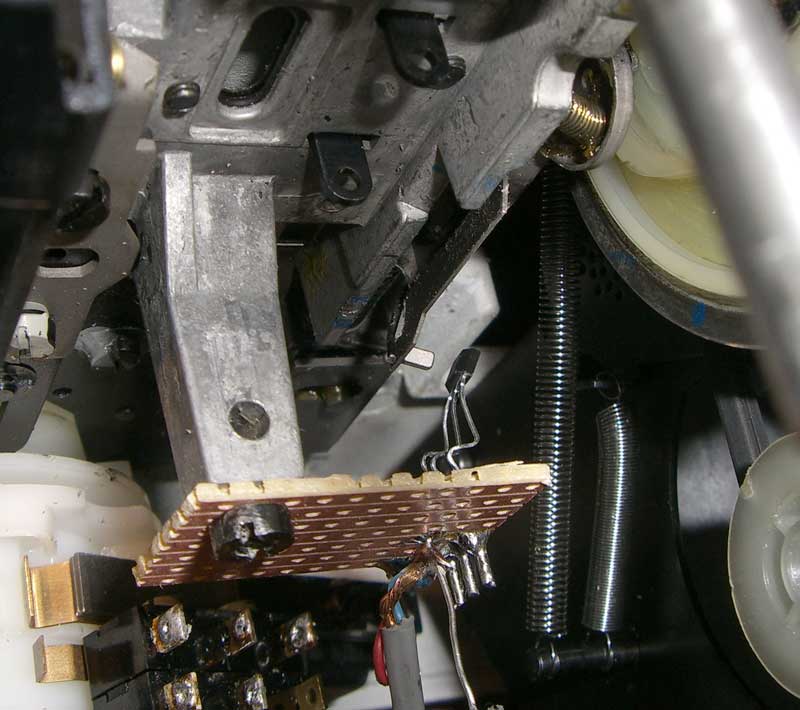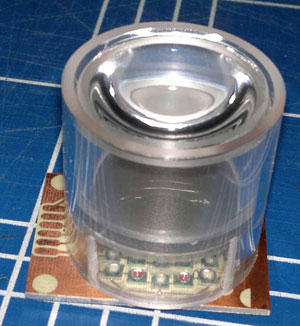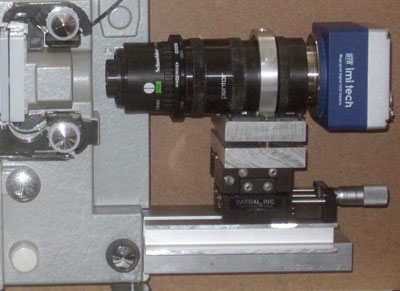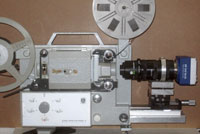I was hoping to get this done by March 1st, but am still working on it.
Here is the quick overview.
The lighting setup, hardware and software is under a grand, that includes the hardware to flash the RGB light source, the light source itself, the hardware and software to control of the RGB light mix (very useful for faded prints), adjust the lighting exposure, trigger and control the camera, see the incoming images and adjust LUTs etc. and all the software do the actual capture.
Then you need to choose the sensor, I would recommend the PGR cameras, as they have the lowest noise and best dynamic range. If you are happy with 2K, then they start at USD495 I think, and that will let you capture at 24fps. If you want 3-4K or similar, then they are around USD1800-3500. The lens is around $100, and probably another $50-$100 for extension tubes, adapters and cables. You will also need mounting hardware, and an opal glass diffuser, or you can 3D-Print a light integrating sphere to do the diffusion.
I’d recommend a micrometer sled/sliding stage to mount the camera on for fine focus control. These are available 2nd hand, anywhere for $40 - $300.
You will also need a hall-effect sensor and small neodynimium magnet (around $5 for both)
Then you just need a 35mm projector head, you use the LED light source in place of the Xenon bulb, remove the projector shutter, mount the magnet and hall effect sensor on the main drive shaft. Wire it to the LED control board. (three simple wires to the inout on the board)
Mount the PGR camera and lens on the focus sled, and align it to the gate. Run the trigger output from the LED control board to the PGR camera (two wires). Plug the PGR camera into a USB3 slot on the computer.
Fire up the capture software, and set the fame-rate you require etc. The LED light source will start flashing, and the image from the camera will appear on screen. You can focus and frame the image now. You can also adjust the RGB mix and exposure to suit the film stock, you get realtime feedback, histograms, etc. on screen whilst making adjustments.
Once you are happy with it, you choose an output filename, press ‘Start Capture’ and turn the motor to the projector on, and it will start capturing in real time.
That is it really. One other note, You will need one of the PCIe or M2 fast SSD drives, or a RAID0 array of 3 SATA SSDs to keep up with the data coming in from the camera at 4K @ 24fps.
I can set you up with the LED control board and software through the guy that makes them for me, I’ll check his current pricing, but it is way under what he charges the companies he makes them for, they are used in $50,000 scanners and are fantastic quality.
The software is locked to one computer, but you can get extra licenses if needed for under $100 from memory, he doesn’t make any money of that, it is just what the software dev kit licence costs per machine. All the other parts are readily available. The quality is similar to the $50,000 Scanstation and better than the BMD $30,000 scanner.
It will not give you a damage matte, that is possible but would require a redesign of the LED light source, would also require a mono camera, and capturing the R, G, B and IR frames separately and then combining them, which would make things take 4 times as long and eat up more storage. But it could be done.
My goal is to have a ton of affordable scanners across the globe, I’m working on getting one going in Europe now as well, if we can preserve the films no-one else will or can, then I feel like we are really making a difference.
I will have the full guide up in the next month if there is any interest, I will post it here when done.
EDIT: The new PGR cameras are out, the best value is the new chameleon camera at USD465, with 2048x1536 resolution at 55fps
https://www.ptgrey.com/chameleon3-32-mp-color-usb3-vision-sonyimx265
or the 2448 x 2048 version for USD735
https://www.ptgrey.com/chameleon3-50-mp-color-usb3-vision-sony-imx264-2
2448 x 2048 is more resolution than you will typically get out of a 35mm print, and way more than you will get out of a 16mm or 8mm print. You can go to 4K sensors, but as Harmy has pointed out, on release prints there is really no point, and for scope prints, your vertical resolution of 2048 is over three times the resolution of 1080P Bluray, (as the 35mm scope frame fills the sensor).
If you got a hold of an original camera negative, then sure, I’d grab a 4K sensor, but for prints, you are just not getting any extra info, and the 2448 x 2048 resolution is more than enough.
Remember, UHD/consumer 4K vertical resolution for a cinemascope release is only around 1500-1600 lines, so when scanning at 2448 x 2048 resolution you are scaling down to UHD/4K on the vertical resolution when working with scope prints. i.e. the vertical resolution is higher than ‘consumer’ 4K.







